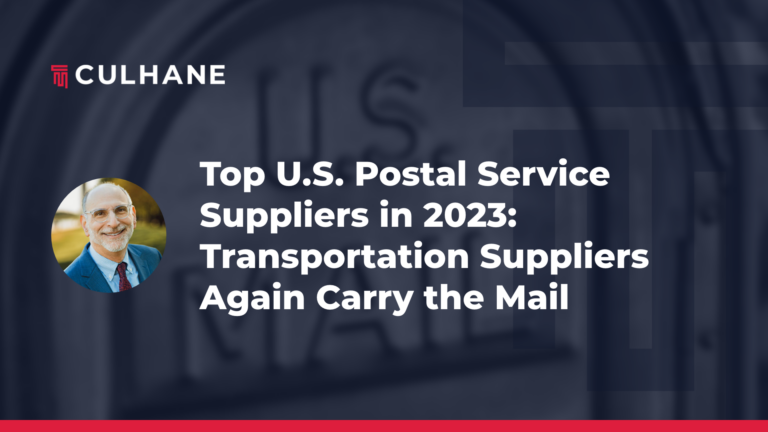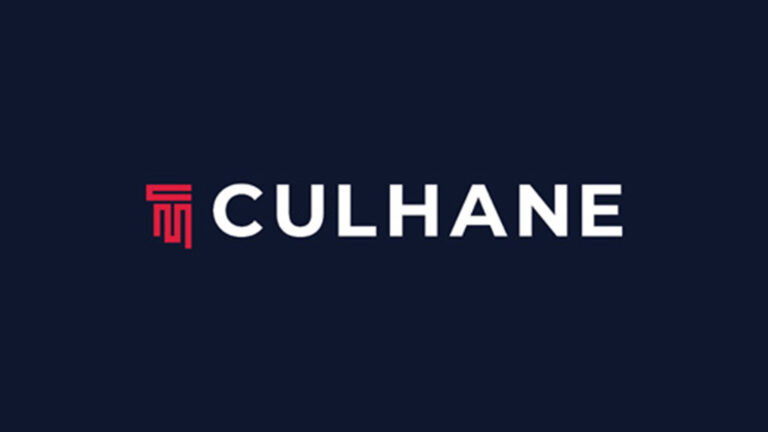 The Internet presents endless marketing opportunities and challenges. Not only does it lower the barrier to entry for new market entrants, it also challenges large, well-known companies to keep their business models relevant. Many of today’s most popular brands were built at meteoric speed and without the aid of (and initially, the budget for) once-traditional forms of advertising, such as print, radio, and television. Instead, they were built online through social media and word of mouth marketing.
The Internet presents endless marketing opportunities and challenges. Not only does it lower the barrier to entry for new market entrants, it also challenges large, well-known companies to keep their business models relevant. Many of today’s most popular brands were built at meteoric speed and without the aid of (and initially, the budget for) once-traditional forms of advertising, such as print, radio, and television. Instead, they were built online through social media and word of mouth marketing.
Well-known brands with humble beginnings that have successfully disrupted traditional business models include:
- Uber (com), an on-demand transportation service, that threatens taxi companies worldwide;
- Airbnb (com), a service that allows people all over the world to rent their guestrooms and homes, thereby competing with traditional hotel and temporary rental housing companies;
- Pandora (com), a customizable internet radio service that challenges the broadcast radio, satellite radio, and recorded music industries; and
- Rent the Runway (com), a company that allows women to wear and return designer apparel, eliminating the need to purchase infrequently worn designer clothes from high-end department stores and boutiques.
A significant part of these companies’ success can be attributed to smart and effective branding. While the Internet makes it easier for newcomers to disrupt traditional business models, they may find long-term success difficult without following some basic branding principles. Here are 4 basic branding rules to consider when launching a new brand in a disruptive business environment.
- Make It Memorable. To purchase goods and services, consumers not only need to remember the brand name, they also need to personally identify with it. Some marketers are tempted to pick names that describe their product or service, thinking that the consumer will know what she is getting. This approach is flawed because the brand name does not necessarily distinguish one company’s products from another’s. Moreover, the brand is difficult to protect legally– e., it is difficult to prevent others from using words that describe their products as well.
For example, if a company that rented designer apparel were to call itself “Designer Clothing Rental Company,” it would be naming itself with a product category. “Rent the Runway” is a better brand name for at least two reasons. First, the catchy alliteration helps consumers recall the brand name. Second, by alluding to fashion runway shows, the name Rent the Runway reaches aspirational customers, converts them into a paying clients, and begins building their brand loyalty in certain designer labels.
- Keep it Simple. Companies can be lured into adopting too many sub-brands, giving the consumer too many choices. Having too many sub-brands can confuse consumers, making it difficult to distinguish between a panoply of products and their respective features.
For example, have you ever tried to buy a German luxury car? Can you succinctly describe the differences in product features and prices between BMW’s 2 Series, 3 Series, 4 Series, 5 Series, 6 Series, 7 Series, X Models, and M Models? Or the letter/number combinations i3, i8, B6 and Z4? Mercedes has its own alphabet soup of branded car models, such as B-Class, C-Class, E-Class, G-Class, M-Class, S-Class, CLA, CLS, AMG, AMG GT S, GL, GLA, GLE, GLK, SL, and SLK. Even to the most ardent BMW and Mercedes car enthusiasts, the number of models, features, and price points can be overwhelming and start to blur.
Having too many sub-brands also can quickly multiply a company’s legal spend. It costs less to clear, obtain trademark registrations for, and police the marketplace against infringements of one or two strong marks than a multitude of less effective marks that potentially confuse consumers.
- Protect Your Brand. Often, start-ups and younger companies will not want to invest their limited resources in branding or trademark protection. While obtaining legal clearance and protection of a brand name does carry costs, those costs can be minor in comparison to having to defend a trademark infringement lawsuit and/or scrap a brand after it has been launched.
There are other important reasons to start building brand equity in the early stages of a company or new product. One is that increased brand equity leads to increased enterprise value, which is key if the corporate strategy involves positioning the company as an acquisition target. Another reason is to attract funding. Often, the best technology, products, or services do not get funded. Instead, the best branded and marketed ones do.
Here are two practical tips on how to keep your legal and marketing expenses in line when building a new brand:
- Adopt a distinctive brand name. It will be easier and less expensive to protect a name that does not contains the same descriptive elements that everyone (including your competitors) is using. Remember, consumers are more likely to buy a product if they can easily recognize and emotionally connect with its brand.
- Work with branding professionals and lawyers who understand your business and are emotionally invested in your brand. You will get more for your money by working with advisors who are brand advocates and ambassadors than those who are merely doing their job.
- Think Global. In most cases, what you do to protect your brand in the U.S. will have little effect outside of the U.S. because trademarks are “territorial.” This means they exist on a country-by-country basis. Obtaining a trademark registration in the U.S. will not necessarily grant a company trademark rights in China, Germany, or just about any other country.
In common law countries like the U.S. and Canada, a person can start accruing trademark rights by using the mark. However, in most other countries, trademark rights emanate from the trademark registration itself. This means without a trademark registration, a company has no trademark protection, even it has sold products in the jurisdiction.
Given our global economy and the ease of reaching overseas markets through online sales and licensing arrangements, it is prudent to consider potential global expansion at the outset. This does not necessarily mean that a new business immediately needs to start building up an arsenal of global trademark registrations. But it does mean that it should be strategically assessing its brand in countries where there could be demand or a market for its products or services.
Want more information? Paula Jill Krasny is a partner in Culhane Meadows’ Chicago Office. For over twenty-five years, she has served as a trusted advisor to some of the world’s leading brands by bringing strategic, creative, and practical solutions to protect, monetize, and increase the equity in their brands. She can be reached at PKrasny@culhane.law
© 2015 Culhane Meadows PLLC











